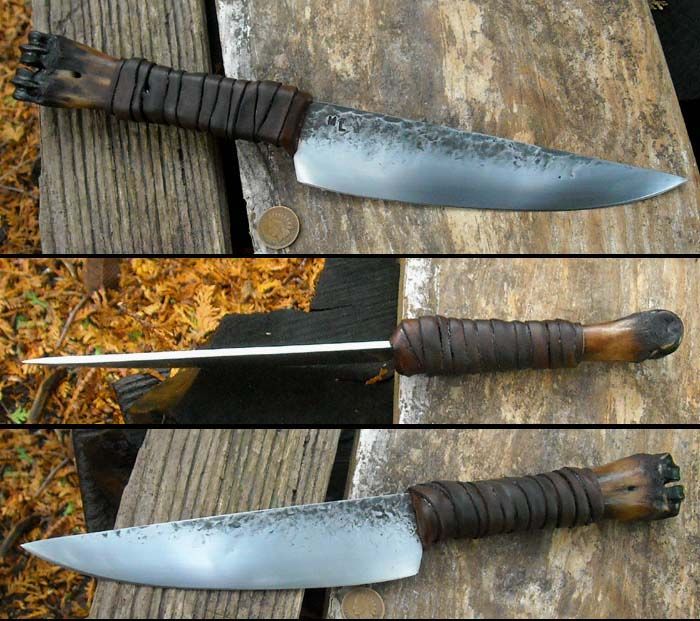billk said:
Interesting. How long does it take for the plexiglass to be dissolved and how long do you keep the wood in the vacuum? Can you share a pic of your setup and a few examples if the finished product?
BillK
OK, I'll interrupt my busy day of doing nuttin' just for you. :wink:
Small pieces of wood I'll keep in a 23 inch vacuum for about 30 min. e.g. pen blanks and duck call blanks. Some woods require longer.
The plexi takes a couple days to dissolve.
I have tried a commercial stable solution but did not like at all. Fortunately, I was using it as part of a pre-market test and review. I'm sure the company did not like my report. It had a gagging, offensive orange-like odor, took a long time in the chamber and required heat to cure. And, it was very expensive. My solution is air dried/cured in less than an hour.
My set-up, as you can see, is not fancy but it is dust covered. :redface: Old 3 gallon spray paint pot, couple brass fittings some hose and the pump.
The wood shown is a pen blank of spalted redwood burl. The pen shown is of Big Leaf Maple Burl. It is my daily carry pen and I have been carrying for about five years. It does not have any finish on it but is still smooth and shiny. Beautiful pen. I love BLMB wood.
Maple is one of the best woods to stable. Some woods like Ironwoods, Rosewoods, etc. will not take stable at all and I will refuse if asked to do. A big advantage of doing stable is that spalted, almost rotted woods can be hardened and worked into beautiful results, like pens, knife handles, etc. My motto is "There is no such thing as scrap wood". :grin:
I do stable for pay and will send details by PM if you wish.
[/URL][/img]
[/URL][/img]









